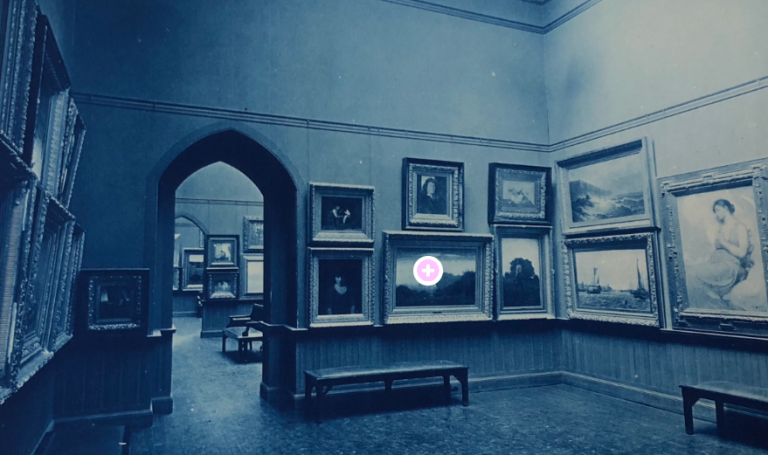Visit Museums and the Archive by Adela Goldsmith ’19
About This Project
“The value of archives for artists who are not getting attention, in the mainstream art world is invaluable. And I think that artists intuitively understand that because there is a way that materials live in archives. There are so many examples of how archives have saved people’s careers, and inspired so many ways of thinking.”
During an interview I conducted last fall, Catherine Morris, Senior Curator of the Sackler Center for Feminist Art at the Brooklyn Museum, described archives as “the back door to the museum,” a way in which barely-known artists can exist in a museum space, and where curators and archivists have an opportunity to find them and understand their work.
Archive, here defined as any kind of historical collecting records, primary sources, and ephemera accumulated over the course of an institution’s history, is one of the most fertile grounds for innovation in the art world. It allows us to look back while also thinking about the future. It allows for the interrogation of institutional history and collecting practices. Archive enables critiques of the processes of historical and art historical production. Fugitivity lives in archive. Queerness lives in archive. The archive is proof that more than a single dominant narrative exists.
A museum’s historical collecting practices, and the ways in which they developed their permanent collections over time, is also represented in the archive. However, this is often not visible to the public, or incorporated in any way into the exhibition of the permanent collection works.
How can curators use archive to paint a broader picture of an art historical period or moment in institutional thinking? How can we make visible historical collecting priorities in cultural institutions in a way that is intentional and inclusive and could possibly inform the future of collecting as well?
The overarching goal of this project is to explore the potential role of archive in the development of new curatorial paradigms with a specific focus on the Smith College Museum of Art and its institutional records. The creation of such new curatorial paradigms is imperative if museums and the field of art history are to remain relevant to the cultural landscape of the future.
